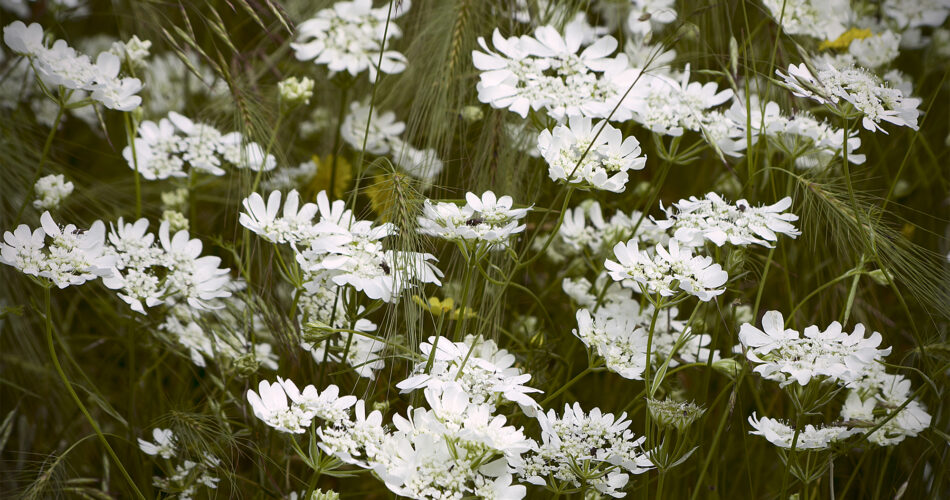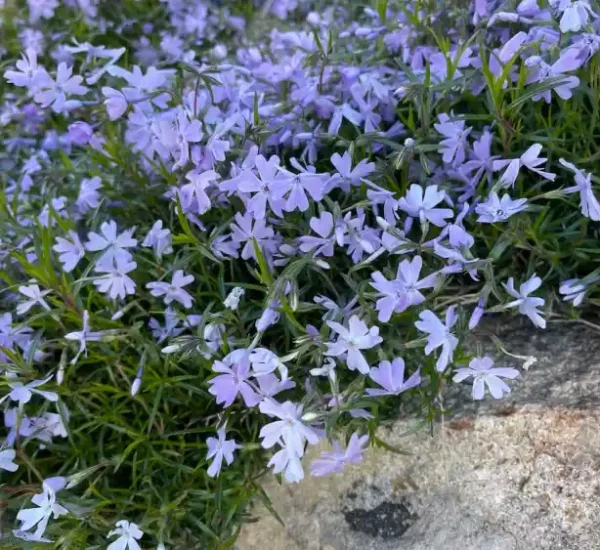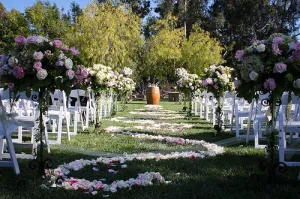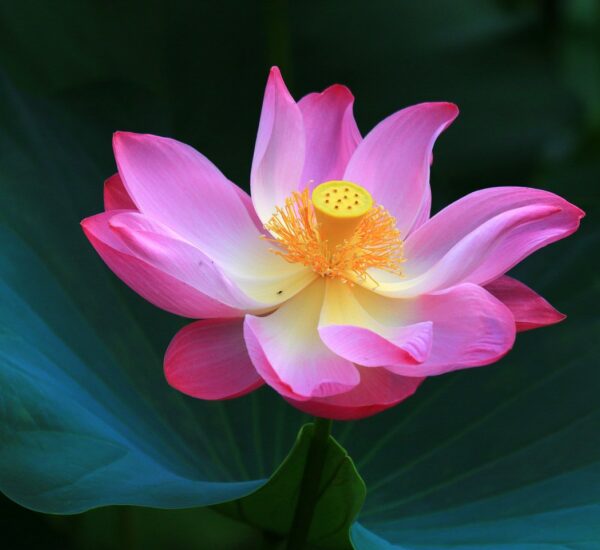White Lace Flower, scientifically known as Orlaya grandiflora, is a delicate and elegant annual plant admired for its lacy, white blooms. In this comprehensive guide, we will provide expert advice on successfully growing and caring for White Lace Flower, drawing insights from horticultural experts, government gardening agencies, and academic research.
Introduction to White Lace Flower
About White Lace Flower (Orlaya Grandiflora)
- Expert Insight: White Lace Flower is an annual plant with finely dissected leaves and intricate, white, lace-like flowers. Its delicate beauty and airy appearance make it a charming addition to gardens and floral arrangements.
- Reference: University of California Agriculture and Natural Resources
Starting Your White Lace Flower Garden
Selecting the Right Location
- Expert Advice: Choose a location with full sun to partial shade for planting White Lace Flower. Ensure well-draining soil for optimal growth.
Sowing White Lace Flower Seeds
- Expert Tips: Sow White Lace Flower seeds directly in the garden after the last frost date. Space the seeds or seedlings according to the plant’s mature size, which is typically around 12 inches apart.
Watering White Lace Flower
- Expert Guidance: Maintain even soil moisture, especially during dry periods. Watering in the morning helps prevent fungal issues and ensures the plant’s health.
Caring for White Lace Flower
Thinning and Pruning
- Expert Recommendations: Thinning may be necessary to ensure proper spacing between plants. While White Lace Flower doesn’t require extensive pruning, removing spent flowers can promote continuous blooming.
Fertilizing White Lace Flower
- Expert Insights: White Lace Flower is relatively low-maintenance and doesn’t need heavy fertilization. A balanced, slow-release fertilizer applied during the growing season should suffice.
Pest and Disease Management
- Expert Advice: White Lace Flower is generally pest and disease-resistant. However, routine garden care, such as monitoring for aphids or snails, can help maintain its health.
White Lace Flower in Garden Design
Ornamental Uses
- Expert Tips: White Lace Flower’s delicate, lacy blooms make it a superb choice for borders, cottage gardens, and cut flower arrangements. Its airy appearance adds a touch of elegance to floral designs.
Attracting Beneficial Insects
- Expert Guidance: White Lace Flower can attract beneficial pollinators like bees and lacewings. Including it in your garden can support local pollinator populations and enhance biodiversity.
Conclusion
Cultivating White Lace Flower (Orlaya grandiflora) can bring a sense of delicate elegance to your garden and floral arrangements. By following the expert advice and recommendations outlined in this guide, you can successfully grow this charming annual plant and enjoy its intricate, lacy blooms as they grace your garden with ethereal beauty.
Here are 10 frequently asked questions (FAQs) about how to grow White Lace Flower (Orlaya grandiflora)
What is White Lace Flower (Orlaya grandiflora), and what are its distinctive features that make it a desirable garden plant?
Expert Answer: White Lace Flower is an annual plant known for its finely dissected leaves and intricate, lace-like white blooms. Its delicate beauty and airy appearance make it an appealing choice for gardens and floral arrangements.
When is the best time to plant White Lace Flower seeds, and what growing conditions does it prefer?
Expert Answer: Sow White Lace Flower seeds directly in the garden after the last frost date. It thrives in locations with full sun to partial shade and prefers well-draining soil.
How should I space White Lace Flower seeds or seedlings when planting them in the garden?
Expert Answer: Space White Lace Flower plants according to their mature size, which is typically around 12 inches apart, to ensure they have enough room to grow and thrive.
What are the best practices for watering White Lace Flower, and how often should I water this plant?
Expert Answer: Maintain consistent soil moisture, especially during dry periods. Watering in the morning helps prevent fungal issues and ensures the plant’s health.
Is thinning necessary for White Lace Flower, and does it require extensive pruning?
Expert Answer: Thinning may be needed to ensure proper spacing between plants. White Lace Flower doesn’t require extensive pruning, but removing spent flowers can promote ongoing blooming.
Do I need to fertilize White Lace Flower, and what type of fertilizer should I use for its growth?
Expert Answer: White Lace Flower is relatively low-maintenance and doesn’t need heavy fertilization. A balanced, slow-release fertilizer applied during the growing season should suffice.
What are the common pests and diseases that affect White Lace Flower, and how can I manage them effectively?
Expert Answer: White Lace Flower is generally pest and disease-resistant. However, routine garden care, such as monitoring for aphids or snails, can help maintain its health.
How can I incorporate White Lace Flower into my garden design, and where does it thrive best in terms of garden styles and settings?
Expert Answer: White Lace Flower’s delicate and airy blooms make it an excellent choice for borders, cottage gardens, and cut flower arrangements. It adds elegance to floral designs.
Does White Lace Flower attract beneficial insects, and how can it support local pollinator populations in my garden?
Expert Answer: Yes, White Lace Flower can attract beneficial pollinators like bees and lacewings. Including it in your garden can enhance biodiversity and support local pollinator populations.
Is White Lace Flower suitable for container gardening, or is it primarily grown in garden beds and borders?
Expert Answer: While White Lace Flower is often planted in garden beds, it can thrive in containers as well, provided it receives the right care, moisture, and well-drained soil.
These FAQs provide valuable information on growing and caring for White Lace Flower (Orlaya grandiflora), helping you enhance the charm and elegance of your garden or floral arrangements with this delicate annual plant.
- Rhode Island’s Favorite THC Infused Beverages - June 5, 2025
- THC Soda and Drink Options in Idaho - May 28, 2025
- Ohio’s Go-To THC Infused Beverages - May 28, 2025




